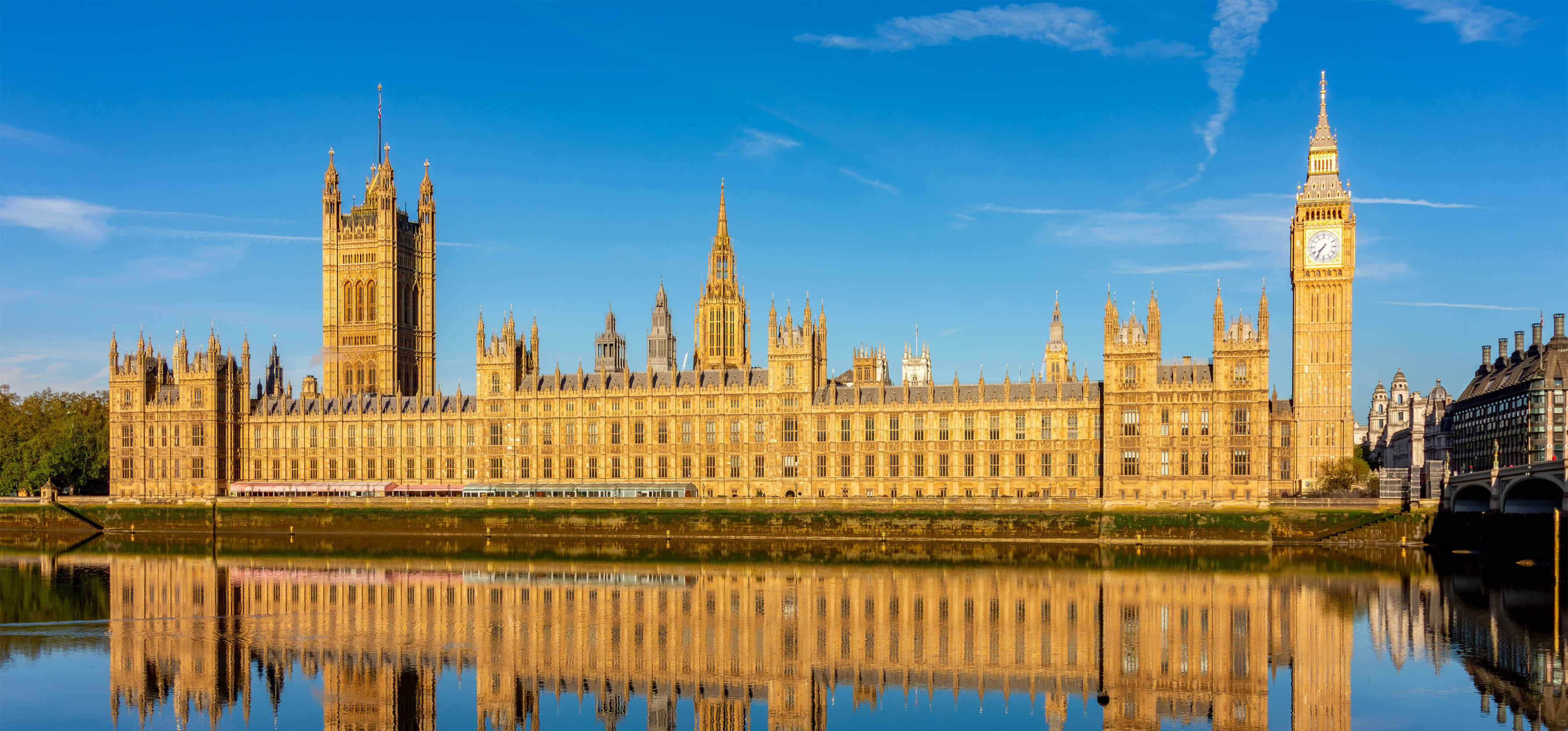Counsel London
"It is recognised that district heating will play a crucial role in the UK’s energy transition. With that in mind, the UK Government is committed to ensuring district heating users receive a fair price and a reliable supply of heat."
Unlike some of our European counterparts, the UK has been comparatively slow in its development of district heating opportunities. In 2014, approximately 2% of UK homes were connected to a heat network, compared to 60% in Denmark.¹
This relatively low uptake meant that, until recently, regulation in the sector was driven by independent stakeholder groups and other interested parties – most notably the Heat Trust, which launched in 2015 with the aim of improving access to heat networks, implementing strict standards to an unregulated market and promoting innovation in the industry.
In recent years, in line with the government’s Net-Zero Strategy² and a recent report by the Climate Change Committee which estimated that around 18% of UK heat could come from district heating networks by 2050,³ there has been increased momentum toward formal regulation of heat networks.
In 2016, the Department for Business, Energy & Industrial Strategy (as it then was) introduced the Heat Networks Investment Project (“HNIP”) pilot scheme which awarded over £24m in funding to nine district heating projects across the UK.⁴ The lessons learnt from the pilot scheme saw the eventual £320m HNIP capital investment programme being rolled out in 2018,⁵ which sought to leverage around £1bn of private sector and other investment to support the commercialisation and construction of district heat networks.⁶
This was significant and, whilst it certainly demonstrated a commitment to growth in the sector, the UK regulatory regime remained informal and uncertain.
In late 2021, Ofgem was appointed as the district heating regulator in the UK.⁷ Until then, the Heat Trust had been the UK’s unofficial body responsible for protecting district heating customers and championing district heat suppliers. This move should provide more certainty in the district heating sector and ensure that the UK’s commitment to increasing district heating capacity is coupled with ‘fair prices’ for district heating customers.
Looking forward – will we see new regulation in 2024?
The Energy Bill (the “Bill”), introduced in the House of Lords (“HoL”) in July 2022, has been making its way through the Parliamentary process, having just reached the report stage in the HoL on 28 March 2023. Given the slow progress to date, it is thought that the earliest date that any new regulations will come into force is early 2024.
The Bill seeks to introduce a formal regulatory framework for district heating in the UK and grant powers to enable heat network zoning in England and Wales. This approach would grant ‘heat network zone’ status to certain areas which are appropriate for the construction and operation of district heat networks, with the aim of encouraging investment and growth in those areas deemed to be viable for district heating opportunities.
It is recognised that district heating will play a crucial role in the UK’s energy transition. With that in mind, the UK Government is committed to ensuring district heating users receive a fair price and a reliable supply of heat. As stated by Lord Lennie, one of the proposed amendments discussed at the report stage “would make it clear that the regulator needs to ensure that consumers of heat networks have equivalent consumer protection to those of other suppliers.”⁸ He goes on to refer to the Explanatory Notes for Clause 166, which “provides that [the Gas and Electricity Markets Authority] will be the regulator for heat networks in England, Wales and Scotland” and will allow the Secretary of State to “introduce regulations to appoint a different regulator by affirmative procedure”. The regulator in Northern Ireland will be “the Northern Ireland Authority for Utility Regulation (NIAUR) subject to a similar power to make changes by secondary legislation”.
In addition to the appointment of Ofgem as heat network regulator, the Bill will also give Ofgem the power to introduce a licensing regime, through which district heating suppliers will be able to access permits for street works (enabling quicker and cheaper development of district heat networks) and allow the same use of land when building and maintaining heat networks as electricity, gas and water companies (further reducing costs and accelerating market growth). This licensing regime seeks to put district heating on a level playing field with other utilities and sends a signal to prospective suppliers and investors alike that the government is serious about its commitment to district heating technologies.
In the meantime, uncertainty for district heating customers and suppliers continues. As the energy crisis bites, homes reliant on district heating across the UK continue to be excluded from the government’s Energy Price Guarantee and it is not yet clear how new regulations will impact growth in the sector.
As the UK seeks to decarbonise and protect households and businesses alike from soaring energy prices, the passage of this Bill through Parliament is sure to be closely monitored.
Investment in District Heating in the UK
The government has been explicit about how integral district heating will be to the UK’s net-zero transition. In order to achieve this, it is clear that investment in the industry will be needed in order to scale-up the UK’s current district heating capacity.
While the regulatory landscape is not completely clear, the direction of travel and signals from the government are encouraging, and there is clearly scope for investors to help shape the ultimate landscape.
If you’d like to discuss any opportunities in district heating in the UK, please contact one of the authors.
Footnote
[1] https://northsearegion.eu/media/1531/the-danish-energy-system-case-dh.pdf
[2] https://www.gov.uk/government/publications/net-zero-strategy
[3] https://www.theccc.org.uk/publication/the-fifth-carbon-budget-the-next-step-towards-a-low-carbon-economy/
[4] https://www.gov.uk/government/publications/heat-networks-investment-project-hnip
[5] https://www.gov.uk/government/collections/heat-networks-investment-project-hnip-overview-and-how-to-apply
[6]https://assets.publishing.service.gov.uk/government/uploads/system/uploads/attachment_data/file/748477/hnip-launch.pdf
[7] https://www.gov.uk/government/news/uk-government-announces-major-expansion-of-heat-networks-in-latest-step-to-power-homes-with-green-energy
[8] https://hansard.parliament.uk/lords/2023-03-28/debates/70DF67FA-CBE0-4BA9-B5B0-D0946FA24754/EnergyBill(HL)
Key contacts
Counsel London
Associate London




